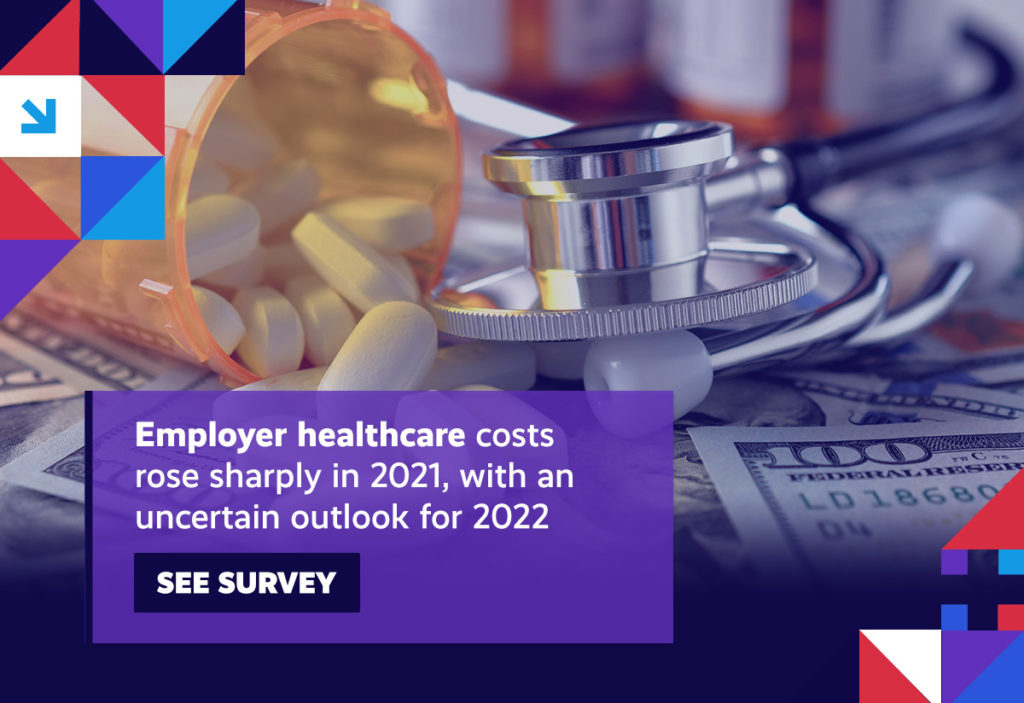A new report debunks Big Pharma’s rhetoric; the prices charged by hospitals for scans are all over the place; meanwhile, an increasing number of Americans skip out on care as a result of costs; and, a recent analysis shines a light on ER spending.
We encourage you to We encourage you to stay involved as implementation efforts surrounding healthcare reform progress. Visit the Health Action Network and be sure to let us know what’s on your mind.
Item of the Week

Week in Review
Rx Report: Earlier this month, the House Committee on Oversight & Reform released the findings from a nearly three-year investigation into the pharmaceutical industry’s pricing and business practices. In poring over millions of pages of internal company documents, the Committee was able to shine the light of discovery into the murky, decision-making corners of the world’s most profitable drug manufacturers. Among their findings, drug companies:
- Aggressively raise prices to meet revenue targets;
- Create executive compensation structures that incentivize those price increases;
- Target the U.S. market and Medicare to boost revenue;
- Abuse the patent system and FDA market exclusivity protections to suppress competition; and,
- Exploit patient assistance programs as public relations tools to boost sales.
Additionally, the investigation also determined that research and manufacturing costs fail to justify price increases. The report essentially debunks the industry’s defense that these price hikes are needed to drive investment back into researching and developing new medicines, finding that the revenue generated as a result of those increases is substantially greater than those investments.

Hospital Prices: A new study details, not just wide variability in what hospitals charge for common radiology services, but just how much more commercial plans are charged for these scans compared to Medicare. Published in Radiology last month, the analysis, performed by researchers at Johns Hopkins University and Michigan State University, shows that the median commercial negotiated rates for more than a dozen hospital radiology services were as much as six times higher than the rates paid by Medicare. According to the data, the price differences ranged from 2.2 times higher for mammography to 5.9 times higher for a CT scan. Different MRIs also registered notable price differences.
Healthcare Costs: Nearly one-in-three Americans have skipped medical care the past three months over concerns about costs, new polling data highlights. The survey, conducted by West Health Policy Center and Gallup, found that 30 percent of respondents said that they’d opted out of healthcare due to cost – the highest percentage observed during the pandemic and three times what that number had been between March and October. Also, 59 percent reported being more worried about the cost of healthcare services, while 45 percent said they’re now worried about the cost of prescription drugs. Overall, more than one-third (36 percent) said that the high cost of healthcare added some stress to their lives. With healthcare cost increases returning to pre-pandemic levels, it’s reasonable to expect those percentages to continue going up.
ER Spending: Emergency Room (ER) costs continue to be an area of growing concern for healthcare stakeholders. And, new data reveals that that concern isn’t likely to go away anytime soon. According to the research released by the Health Care Cost Institute (HCCI), ER spending increased by 51 percent from 2012 to 2019, with patient out-of-pocket payments going up by 85 percent over that period. Also among the key findings, that the average price of a visit to the ER in 2019 was $1,055, an increase of 57 percent from 2012. Additionally, coding of ER visits has shifted towards more severe, higher-priced codes.
Spotlight

| You can keep up with the latest by following the Health Action Network on Twitter and by liking us on Facebook. And, be sure to check us out on LinkedIn, too. As always, let us know if there’s something you’d like to see covered in a future newsletter. |
